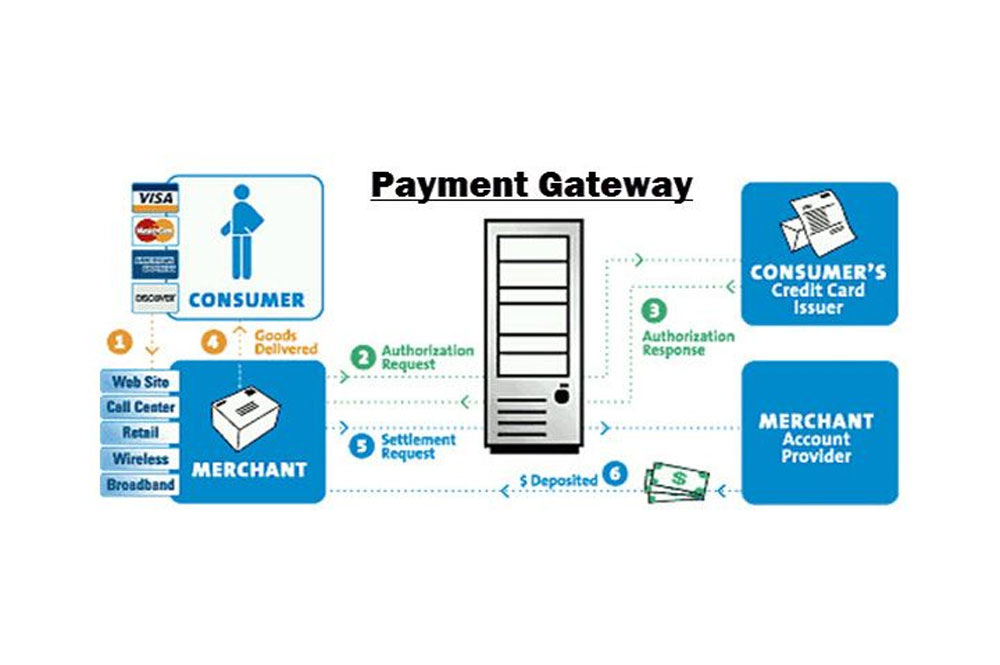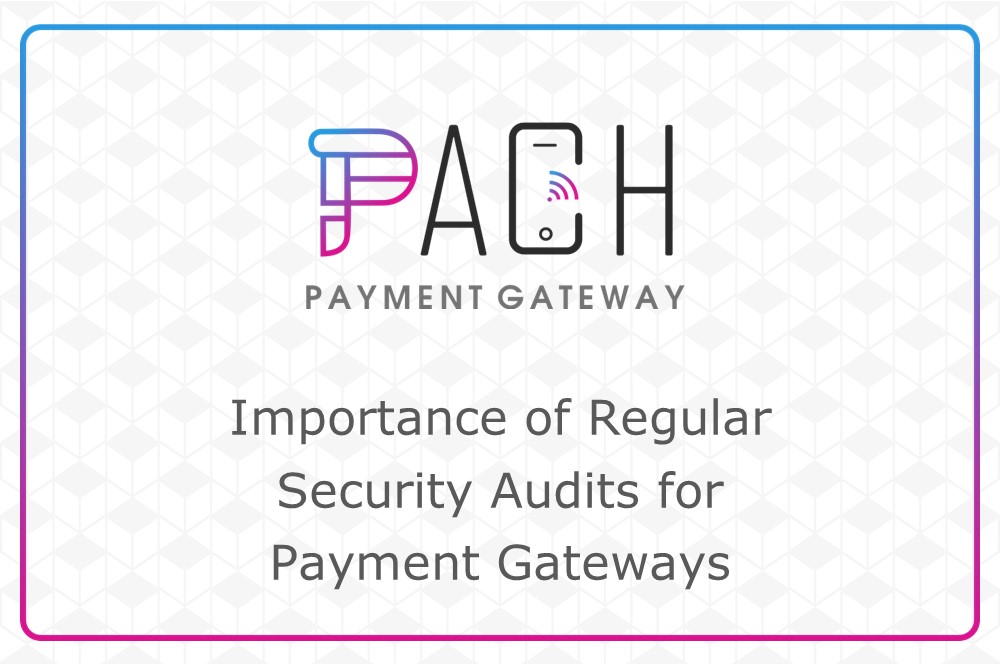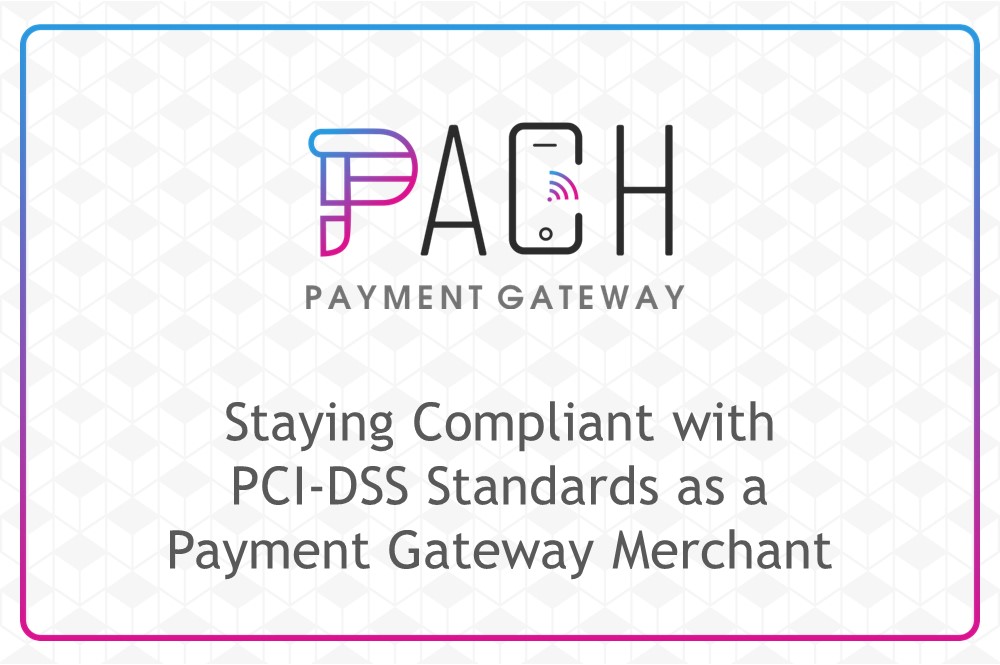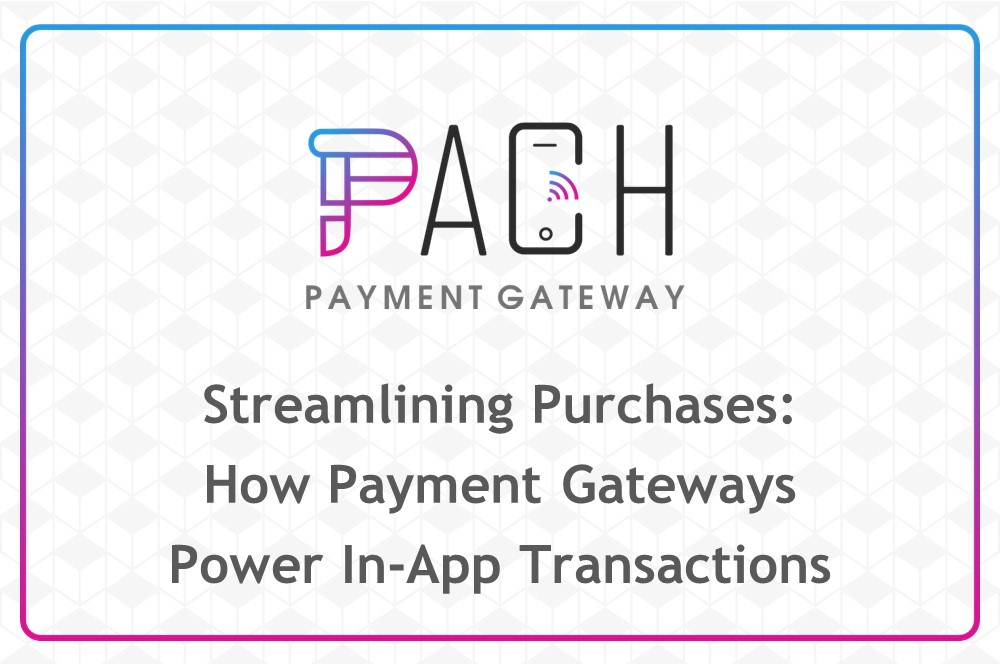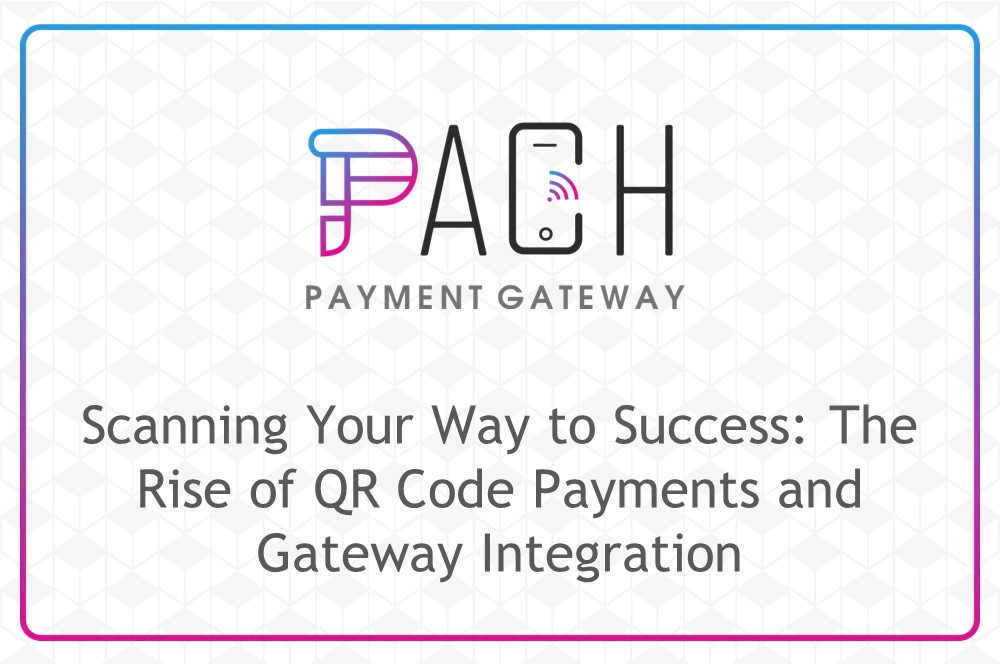3D Secure Authentication: Adding an Extra Layer of Security for Online Transactions
Jun 26, 2025 - 2 MINS READ
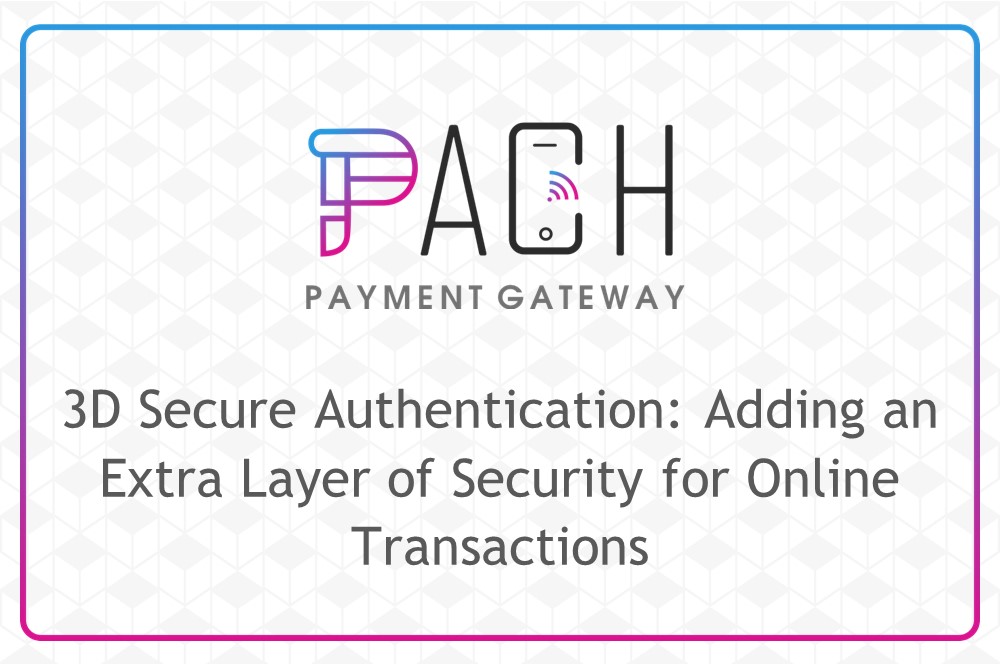
Introduction
As online transactions continue to surge, the need for robust security measures has never been more critical. One such measure, 3D Secure Authentication, has emerged as a vital tool for enhancing the security of online payments. By adding an extra layer of verification, 3D Secure helps protect both consumers and merchants from fraud and unauthorized transactions.
What is 3D Secure Authentication?
3D Secure (Three-Domain Secure) is a security protocol designed to enhance the security of online credit and debit card transactions. It involves three domains: the issuer domain (bank), the acquirer domain (merchant), and the interoperability domain (infrastructure provided by card schemes like Visa and MasterCard). When a customer makes an online purchase, 3D Secure requires an additional form of authentication, such as a password or a one-time code, before the transaction can be completed.
Importance of 3D Secure Authentication
1. Enhanced Security
The primary benefit of 3D Secure Authentication is the enhanced security it provides for online transactions. By requiring an additional verification step, it makes it significantly more difficult for unauthorized users to complete a transaction using stolen card details. This extra layer of security helps reduce the risk of fraud and gives both consumers and merchants greater peace of mind.
2. Reduced Fraud and Chargebacks
Fraudulent transactions and chargebacks are major concerns for online merchants. Implementing 3D Secure can substantially reduce these issues. When a transaction is authenticated through 3D Secure, the liability for fraudulent transactions often shifts from the merchant to the card issuer. This shift in liability can lead to fewer chargebacks and reduced financial losses for merchants.
3. Increased Consumer Confidence
Consumers are more likely to shop online if they feel their payment information is secure. 3D Secure Authentication boosts consumer confidence by demonstrating that the merchant takes security seriously and is committed to protecting their financial data. This increased confidence can lead to higher conversion rates and repeat business for online merchants.
4. Regulatory Compliance
Many regions have introduced regulations that require enhanced security measures for online transactions. For instance, the European Union’s Payment Services Directive 2 (PSD2) mandates Strong Customer Authentication (SCA) for online payments. Implementing 3D Secure helps businesses comply with these regulations, avoiding potential fines and legal issues.
5. Seamless User Experience
Modern implementations of 3D Secure, such as 3D Secure 2.0, are designed to provide a seamless user experience. They use risk-based authentication to minimize friction for low-risk transactions, ensuring that customers only face additional verification steps when necessary. This approach helps maintain a smooth checkout process while still providing robust security.
Conclusion
In conclusion, 3D Secure Authentication is an essential tool for enhancing the security of online transactions. By adding an extra layer of verification, it helps protect against fraud, reduces chargebacks, increases consumer confidence, ensures regulatory compliance, and maintains a seamless user experience. For online merchants, implementing 3D Secure is a strategic investment that not only safeguards their business but also fosters trust and loyalty among their customers.

